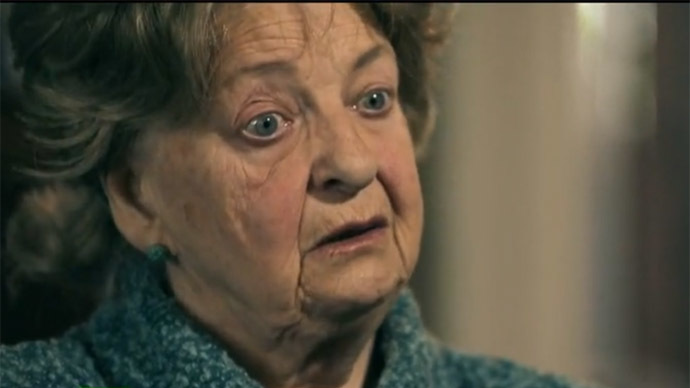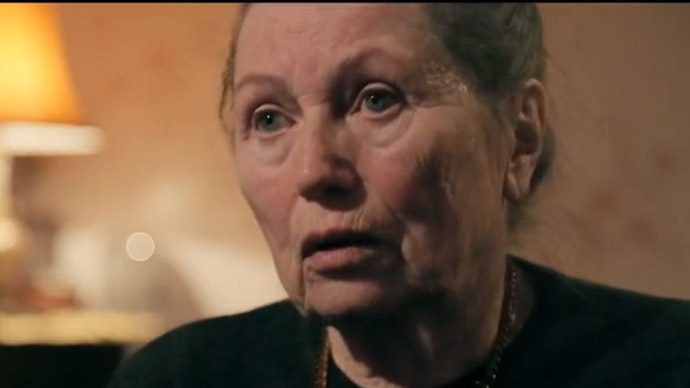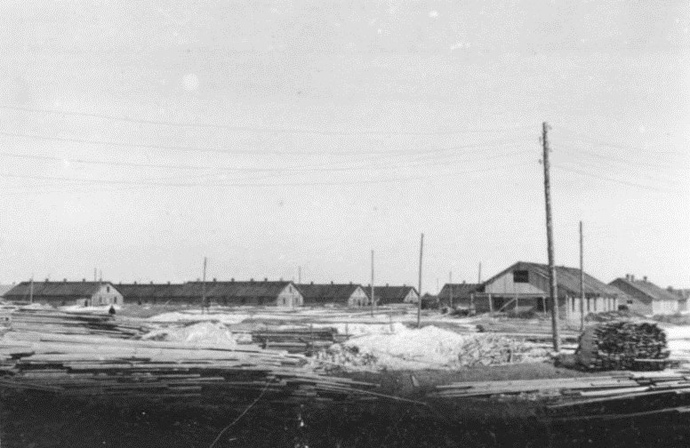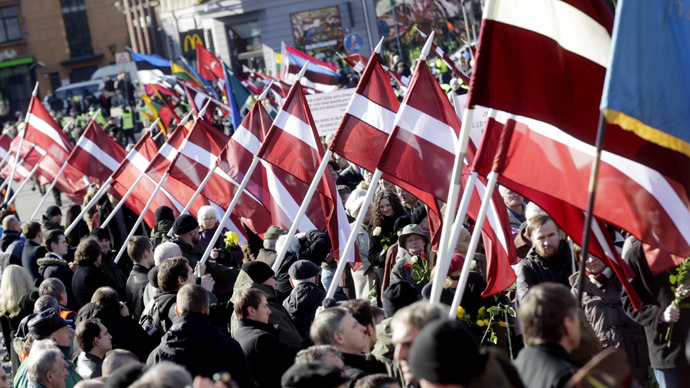'They tortured us, now they march along central streets' - Survivors of Latvian concentration camp to RT
Ex-inmates in Latvia’s concentration camp at Salaspils, where thousands died, including children, are appalled at the resurgence of far-right nationalism. While Riga prefers to turn a blind eye to the atrocities, witnesses share their stories with RT.
Watch RT's special project War Witness here
“We were brought to Salaspils in July 1944. I still can't
believe we were able to survive this hell,” says Zinaida
Semyonova, a former prisoner in Salaspils.
She recalls that there was a children's barrack where most of the
kids, aged from seven to 10 years old, were held, separated from
their parents. Children were given special badges with their
names and some information on them. They would play with them,
exchange them. As a result some of them would lose their names.
“The kids were rotting alive. They were crying, especially the little ones, screaming, losing consciousness. They would take the smallest ones while they were still alive, still moving, crying, while they still have strength to cry. There was a special cart on wheels. They would throw them out of the gate. There were ditches outside...” Semyonova told RT.

Established at the end of 1941 in a picturesque pine forest
southeast of Riga, Salaspils was officially a Police Prison and
Work Education Camp, in an area measuring about 600 by 400
meters.
“The existence of the Latvian concentration camp Salaspils
doesn't correspond to the official Latvian version of the
events,” historian Igor Gusev explained. “According to
that, independent democratic Latvia lived happily and freely
until 1940. Then in 1940 the 'orcs', that is, evil Russians from
the East, came and brought the Soviet regime. Then in 1941 the
German liberators arrived. They weren't especially good either,
these Nazis, but at least they were the civilized Europeans. And
as is fitting for civilized Europe, they brought with them light
and culture, albeit with some malpractices.”
Remembering those “malpractices” still gives Semyonova
the shivers.
“They would inject some poison that made your body itch and
eyes water. Then some injection to cause diarrhea. The kids would
literally die in a week. You couldn't live in these conditions.
No clear water to drink or to wash. No vitamins for the kids
whose teeth were cutting...”

Another Salaspils survivor, Evgeniya Loginova, was 9 when she was
taken to the camp. Her two brothers were murdered there.
“They would take blood off everyone. I don't know, maybe only
the smallest ones were left alone… no, they weren't,” the
woman recalls. “They pumped all the blood off my two
brothers. Completely. I don't know, probably the blood was very
good. I don't know what the reason was. My mother said: 'They
turned into coal. Black coal.' She saw it. She said I would have
ended like them. I remember I felt bad when they took my blood.
They took my blood, and I moved away. I couldn't show I felt bad,
or they would separate me at once to kill…”
About 12,000 prisoners went through the Salapsils camp. In addition to the German Jews who died during the construction phase, about 2,000 to 3,000 people perished due to overwork and disease.
But according to a former Latvian Waffen SS fighter, Visvaldis Lācis, who is the only one of the Latvian soldiers still alive, “there was no death camp” in Salapsils.
“Salaspils wasn't like this,” the 91-year-old man claims. “We
know it wasn't. Many people lived,” Lācis told RT, adding
that pits with bones in mass graves just prove that Russia
“exaggerated the number of victims several times.”
At least 632 corpses of kids from three to nine years old were
found near the former camp in different graves, historian Gusev
says. That's just one-fifth of the camp’s area.
Lācis says that Latvians know there are “Russian women who
say their blood was taken, and kids would die… But the Latvian
historians never mentioned it, because there was no proof. No
scientific proof! It's just rumors.”

Meanwhile former camp prisoners say they are alarmed by Nazi Waffen-SS veterans and their supporters who hold annual marches in Riga. Up to a thousand marched through Latvia’s capital in their annual commemorating procession in mid-March.
READ MORE: Hundreds of Waffen-SS veterans march in Riga, antifascists ‘sanitize’ square after them
“They organise all these marches now, the same SS officers from
the camps. They tortured us there, stood there with machine guns.
Now they march along the central streets,” Zinaida Velika
told RT.
Russia says the Nazi veterans’ march is a violation of
international law. Anti-fascist and Jewish organizations, such as
the Simon Wiesenthal Center, believe such rallies glorify Nazism.
Gusev says that an attempt to “justify the Nazis of today
automatically leads to an attempt to justify the Nazis of the
Second World War.”













